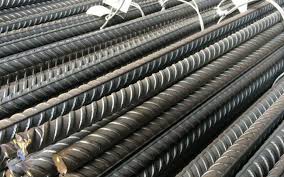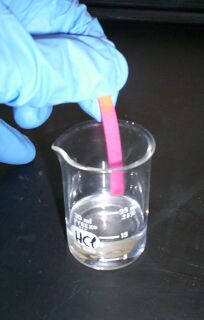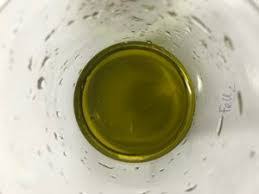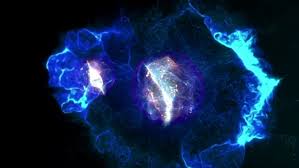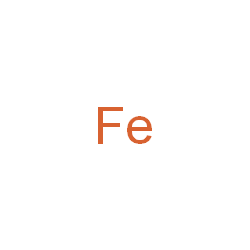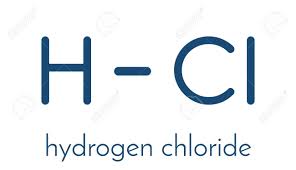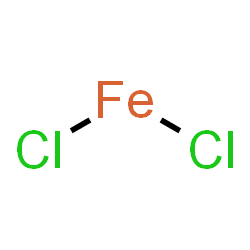Search equation
Please enter the reactant or product to start the search
Fe + 2HCl → FeCl2 + H2 | , Phản ứng oxi-hoá khử, Phản ứng thế
Fe | iron | solid + HCl | hydrogen chloride | solid = FeCl2 | iron(ii) chloride | solid + H2 | hydrogen | solid | Temperature: temperature, Other Condition excess chlorine
Introduce
Detailed information about the equation
Reaction conditions when applied Fe + HCl
- Catalyst: not available
- Temperature: normal
- Pressure: normal
- Other conditions: not available
Reaction process Fe + HCl
Process: Put a few Fe metal to the bottom of the tube and add 1-2 ml of acid solution to the tube
Note: Chlohydric acid is strong. It can react with metal before hydrogen in range of chemical.
The result of the reaction Fe + HCl
The phenomenon: Metal dissolves and colorless bubbles are created
Detailed information on the reactants
Information about Fe (iron)
Information about HCl (hydrogen chloride)
Detailed information about the products of the reaction
Information about FeCl2 (iron(ii) chloride)
Information about H2 (hydrogen)
- Atomic weight: 2.01588 ± 0.00014
- Color: không màu, sẽ phát sáng với ánh sáng tím khi chuyển sang thể plasma
- Status: Khí

Total rating:
Rating: / 5 star
The equations for preparation Fe
Catalyst
normal
Temperature
temperature
Pressure
normal
Other conditions
normal
Catalyst
normal
Temperature
temperature
Pressure
normal
Other conditions
normal
Catalyst
normal
Temperature
temperature
Pressure
normal
Other conditions
normal
The equations for preparation HCl
Catalyst
normal
Temperature
normal
Pressure
normal
Other conditions
normal
Catalyst
normal
Temperature
normal
Pressure
normal
Other conditions
normal
Catalyst
normal
Temperature
normal
Pressure
normal
Other conditions
Iron powder (Fe)
Interesting facts about chemistry you may not know
Interesting facts about hydrogen - the lightest element in the periodic table.
Hydrogen is the first element in the periodic system table. Hydrogen is known to be the lightest of all, the most abundant in the Universe, the essential element for life
View moreInteresting facts about helium
Helium is the first rare gas element in the periodic system table. In the Universe, it ranks second in abundance after elemental hydrogen.
View moreInteresting facts about lithium
Lithium is the alkali metal element, located in the third cell in the periodic table system. Lithium is the lightest of all solid metals and can cut a knife.
View moreInteresting Facts About Beryllium
Beryllium is the lightest alkaline earth metal. Beryllium is found in precious stones such as emeralds and aquamarine. Beryllium and its compounds are both carcinogenic.
View moreInteresting Facts About Carbon
Carbon is the non-metallic element in the sixth cell in the periodic system table. Carbon is one of the most important elements in all life, it is also known as the back.
View more